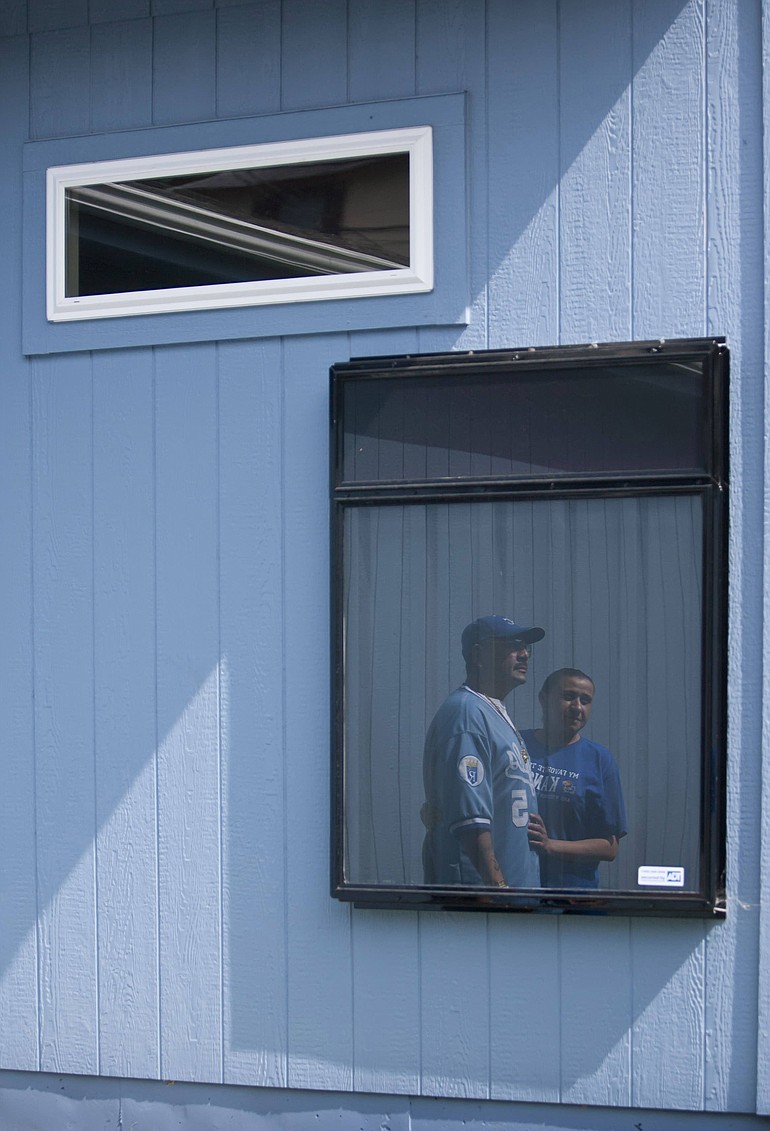How do I determine what size photovoltaic system my house would need?
Review your last 12 months of electric bills. Square footage is not necessarily related to energy usage.
What types of permits are involved to install a solar system to generate electricity?
All cities and most counties require an electrical permit be obtained before a system is installed. Also, the local utility will require an interconnection and net metering agreement. Your system will be inspected for local codes, by the utility's licensed engineer or electrician, and sometimes by the fire marshal.
What is my payback period for a solar PV system?
It's dependent upon net metering, costs of electrical energy, incentives and real estate market for sustainable features. For a 3-kilowatt system, it's typically a 12- to 15-year payback period. Solar hot water and air heating have much shorter payback periods.
How can I heat my home or water with solar power?
Solar air and water panels capture heat from the sun on their surface and transfer the heat to a holding tank or vent.
How big of a solar hot water system do I need?
The size of a system is based on the size of the household. The average person uses 20 gallons of hot water per day. So for a home of four, an 80-gallon system is needed.
Source: Energy Savings Store



